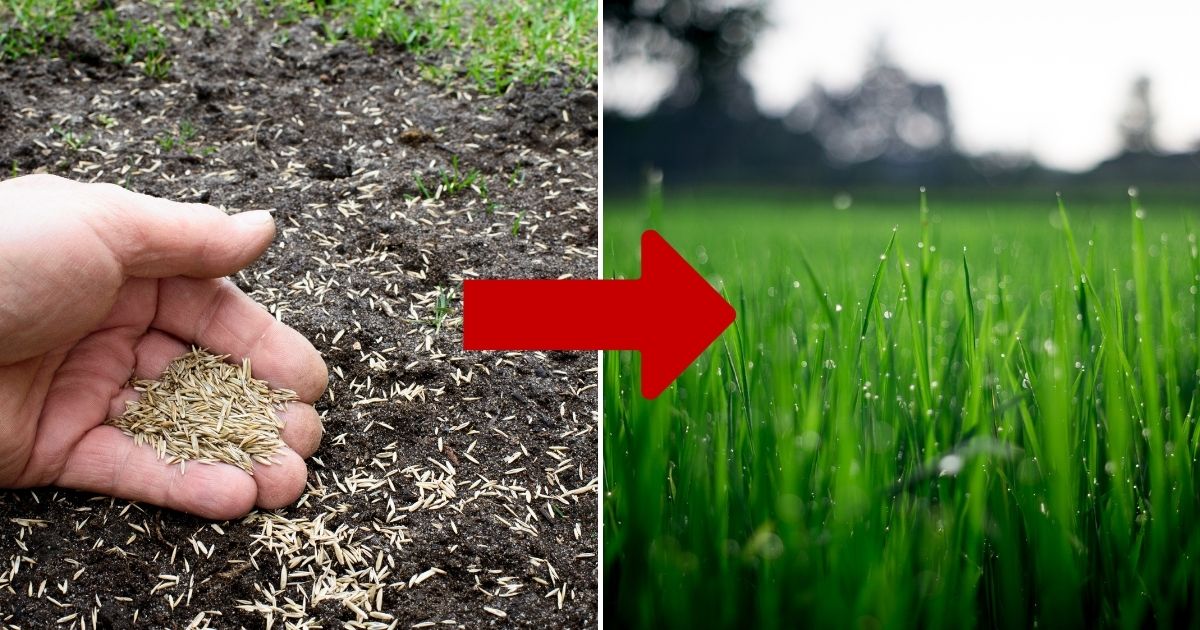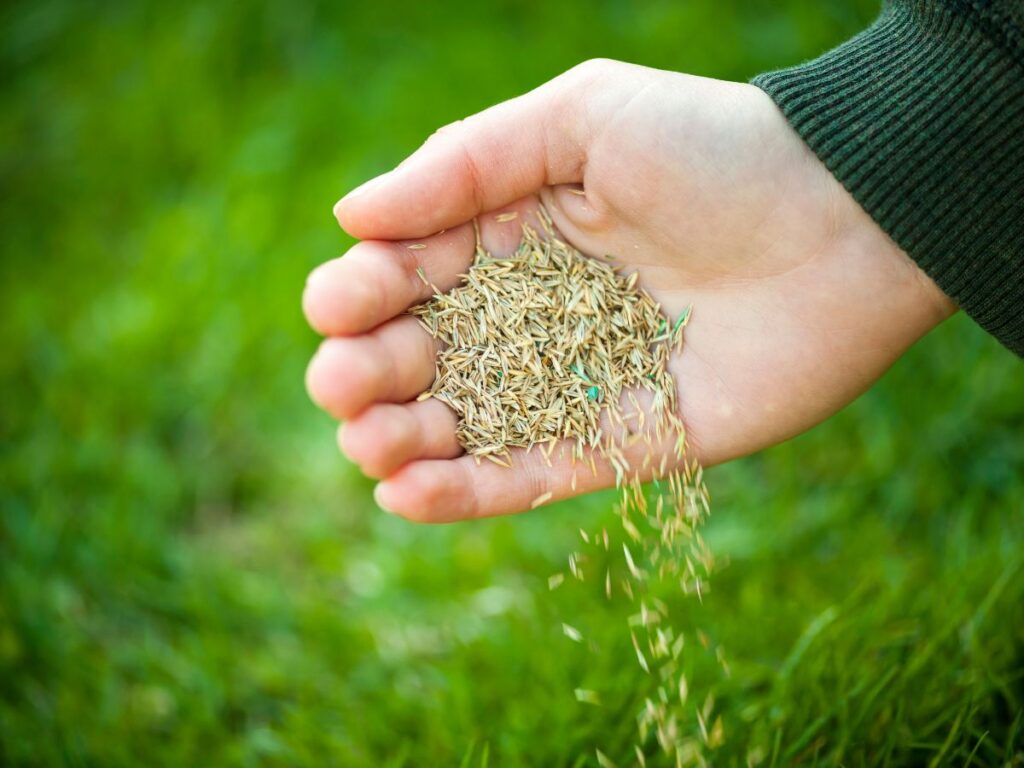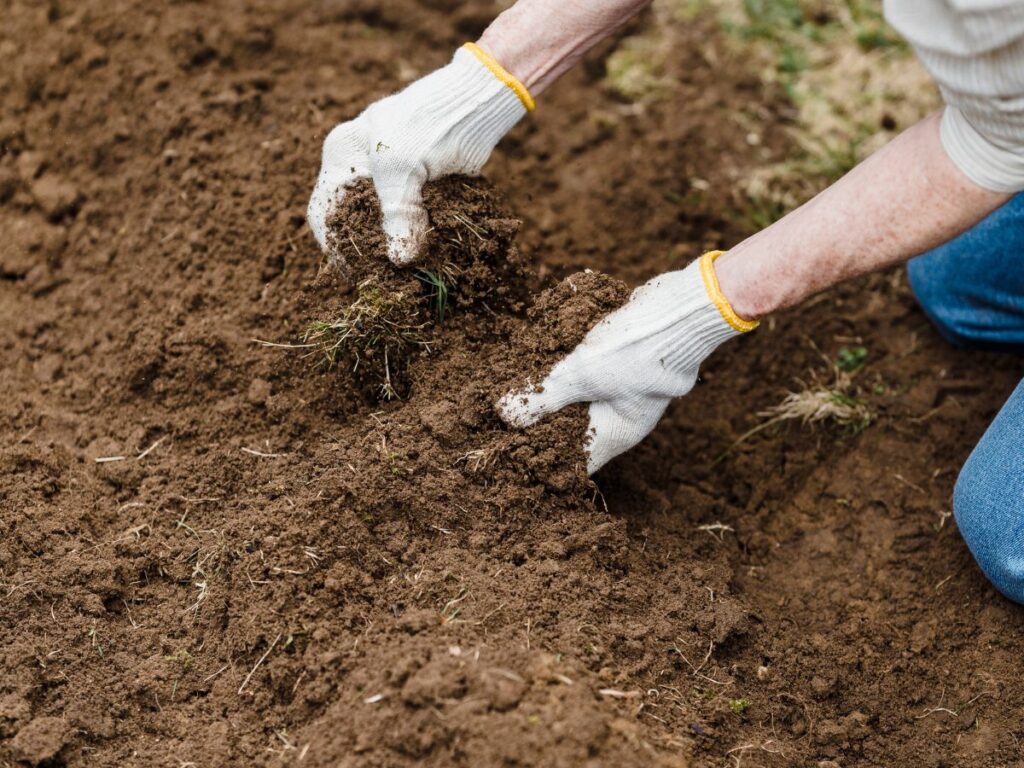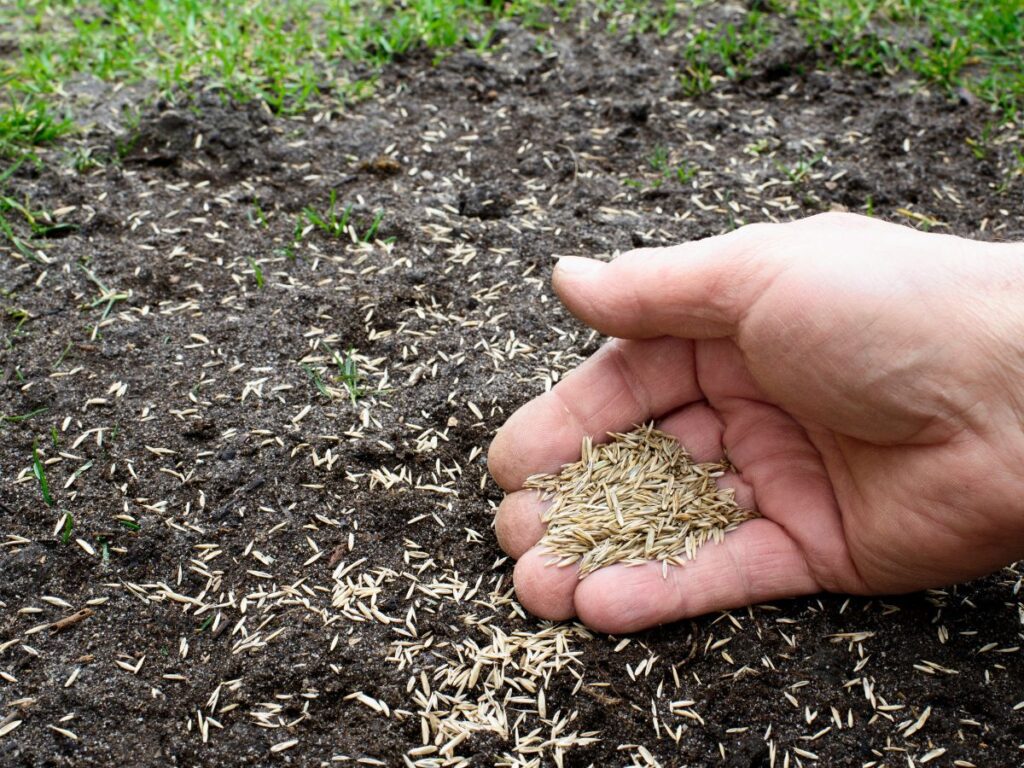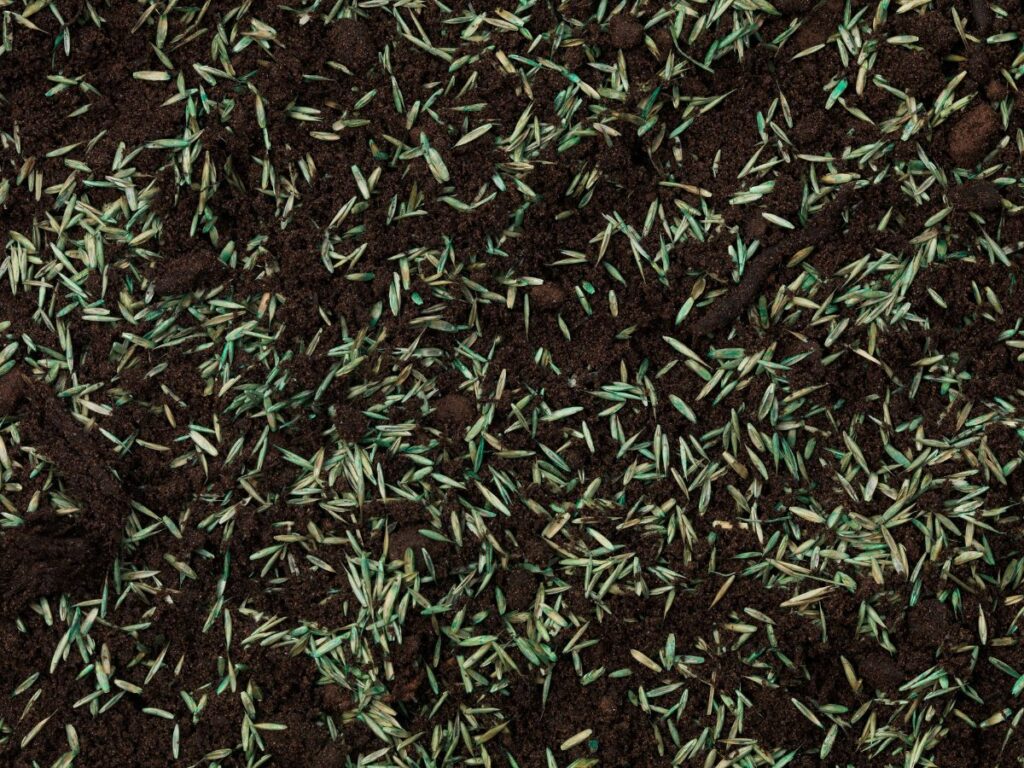Late winter is an ideal time to prepare your lawn for the spring growing season. By seeding during this period, you can ensure that your grass has a head start once the warm weather arrives.
Here are 12 essential tips to make sure your late winter grass seeding is successful and your lawn looks lush and green come spring.
1. Choose the Right Seed
Selecting the appropriate grass seed for your climate and soil type is crucial. Look for blends that are well-suited for late winter planting in your region.
2. Test Your Soil
Before seeding, it’s important to test your soil’s pH and nutrient levels. This will help you understand what amendments might be needed to create optimal growing conditions.
3. Prepare the Area
Clear your lawn of any debris, leaves, or dead grass. This allows seeds to make direct contact with the soil for better germination.
4. Aerate the Lawn
Aerating your lawn helps to break up compacted soil and allows water, nutrients, and seeds to penetrate deeper into the ground.
5. Fertilize Wisely
Use a fertilizer high in phosphorus to encourage root growth. Be sure to follow the application instructions to avoid over-fertilizing.
6. Spread Seeds Evenly
Ensure even coverage by using a seed spreader. This helps prevent patchy growth and ensures a lush, uniform lawn.
7. Cover Lightly with Soil
After spreading the seeds, lightly cover them with soil to protect from wind and birds. This also helps retain moisture for better germination.
8. Water Regularly
Keep the soil consistently moist by watering regularly. Be careful not to overwater, as this can wash away seeds or cause root rot.
9. Watch Weather Patterns
Monitor the weather to avoid seeding before heavy rains, which can wash seeds away. Optimal conditions are mild temperatures and light rain.
10. Protect from Wildlife
Use netting or other deterrents to keep birds and small animals from eating your seeds. This helps ensure more seeds can germinate and grow.
11. Monitor Growth Progress
Check your lawn regularly for the first signs of growth. This helps you assess the effectiveness of your seeding and make adjustments if necessary.
12. Deal with Weeds Early
Weeds compete with your grass for nutrients and water. Remove them promptly to give your new grass the best chance to thrive.
